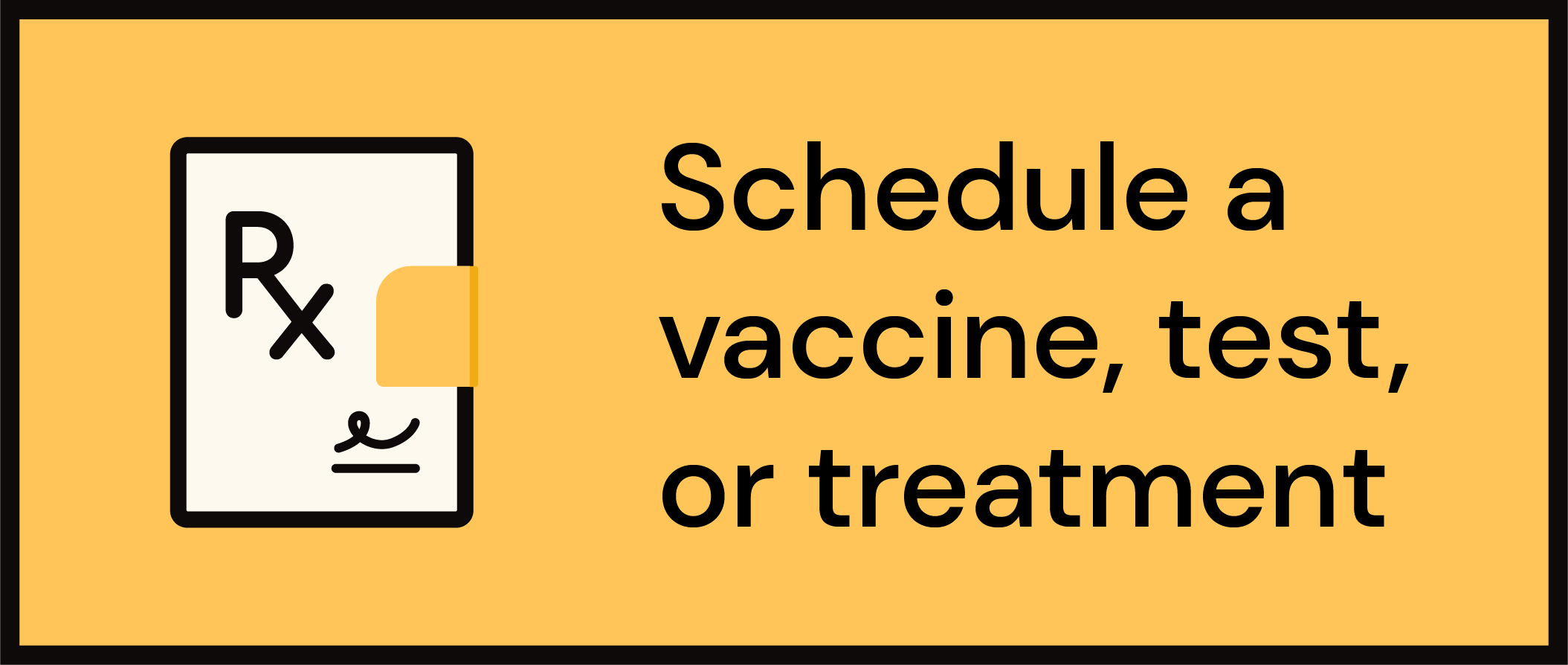Get Healthy!

- Posted May 23, 2024
Shared Fentanyl Pipe Residue a New Overdose Danger
San Francisco researchers report that smoking has now replaced injections as the most common way of ingesting illicit fentanyl.
That switch has created a potentially deadly new danger, however, as fentanyl residues slowly build up in shared equipment used to smoke the drug.
Study author Dr. David Ciccarone likened it to a prior scourge, also linked to illicit drug use.
"The risk of overdose when sharing smoking devices with fentanyl resin could be seen as analogous to the risk of shared injection paraphernalia and HIV transmission,"said Ciccarone, a professor of addiction medicine at the University of California, San Francisco (UCSF).
His team published its findings May 22 in the journal PLOS ONE.
Fentanyl is estimated to be 100 times more powerful than morphine and 50% more powerful than heroin, and it's often mixed in -- sometimes unbeknownst to the user -- with common street drugs. Fentanyl can also be injected, snorted or sniffed, smoked, taken as a pill or placed on paper.
San Francisco's experience with fentanyl has been grim, with related deaths in the city reaching 653 during 2023, the UCSF researchers noted.
"In recent years, mirroring national trends, fewer people in San Francisco have been injecting fentanyl and more have been smoking it," the team added in a UCSF news release. "But the beliefs and behaviors surrounding this development have not been well understood to date."
In their study, Ciccarone's team conducted face-to-face interviews with 34 fentanyl users in San Francisco, contacted through a syringe exchange program.
Videos and photos of drug use and the paraphenalia around it was also obtained.
First off, fentanyl has become cheap in the city: About $10 per gram, the research showed.
"Most people used foil to smoke it, although glass bubbles, bongs and dabbing devices also were popular," the team said.
Most users also said they had no way to determine just how potent the fentanyl they bought might be, even though most were using the drug multiple times per day.
In interviews, many users said that fears of overdosing when fentanyl was injected had led them to smoking it instead.
"Smoking was also more social, and people shared equipment, drugs and information," the team noted, and it seemed to encourage users to try and protect each other from overdose.
People were aware of the dangerous buildup of fentanyl residues in drug pipes and other equipment.
In one recorded incident, "a random person attempted to borrow a glass pipe from a participant, who vehemently refused," the researchers related. "The participant explained that the pipe had been used for fentanyl and did not want to share it with someone who only used methamphetamine. Smoked fentanyl and methamphetamine residues look similar, and the equipment used often overlaps."
"The overdose risk arises when there is a potential mismatch between the potency of the residual drug and the recipient's tolerance,"Ciccarone explained.
"Shared smoking culture" poses a risk that a person naive to fentanyl might use equipment laden with toxic residues of the drug, with potentially deadly results, the researchers said.
Given these new dangers, more outreach needs to be done to educate users, Ciccarone said.
"Pacing, increasing awareness of dosages consumed and checking tolerance of residue recipients are potentially viable interventions deserving further exploration," he said.
More information
Find out more about fentanyl at the U.S. National Institute on Drug Abuse.
SOURCE: University of California, San Francisco, news release, May 22, 2024








